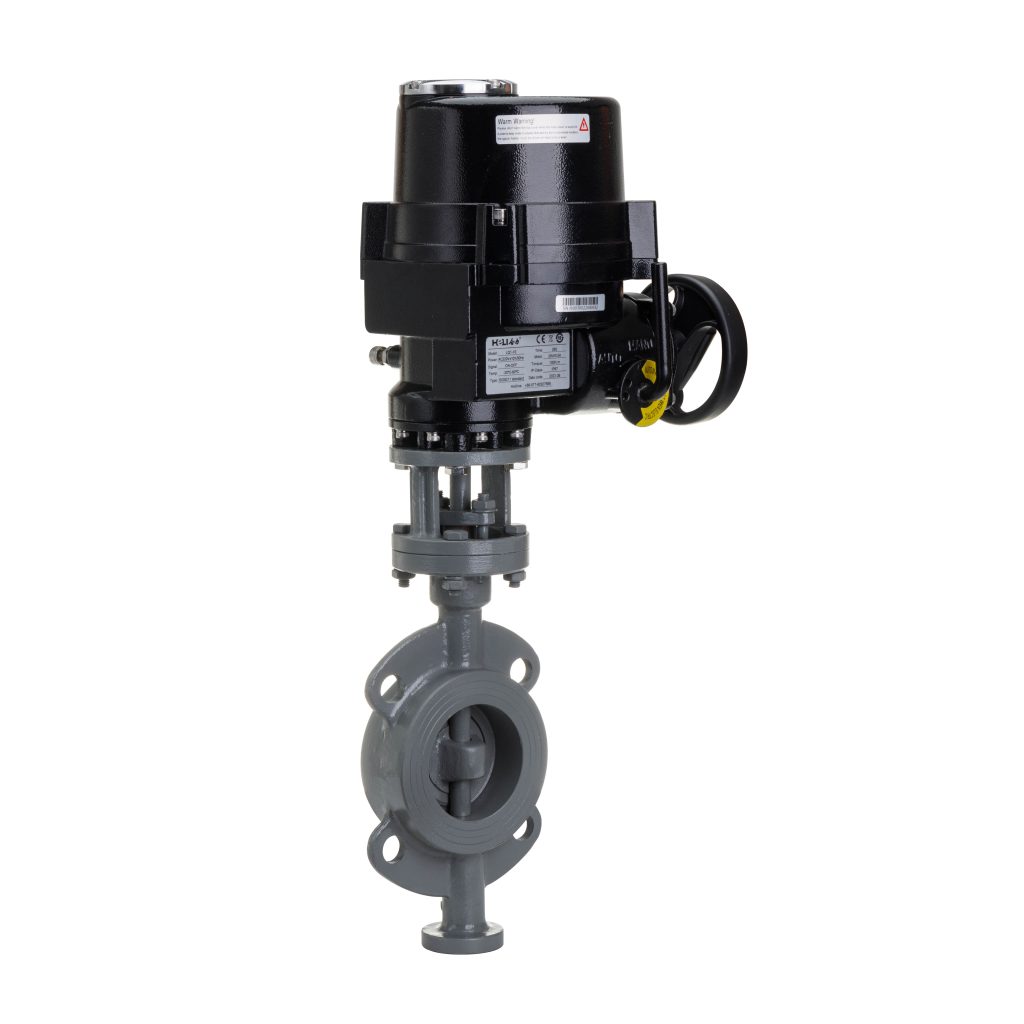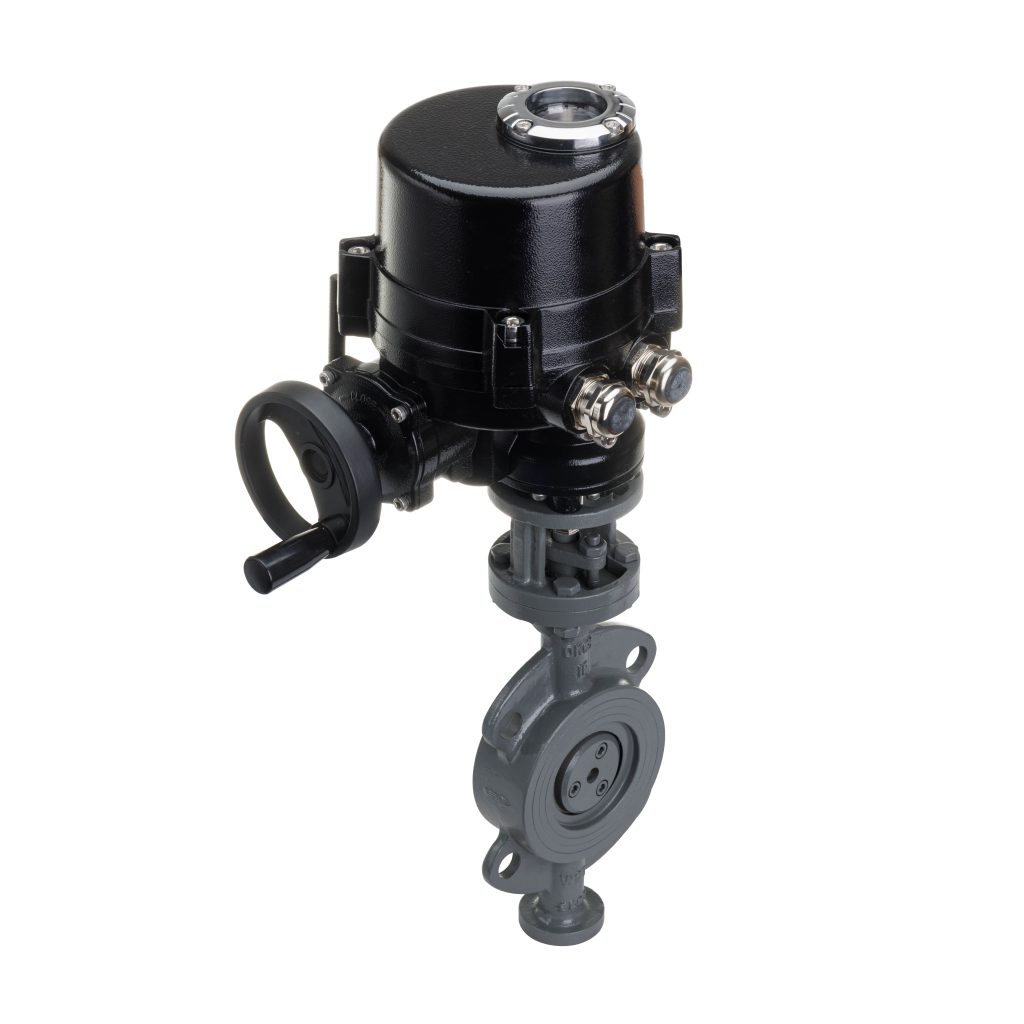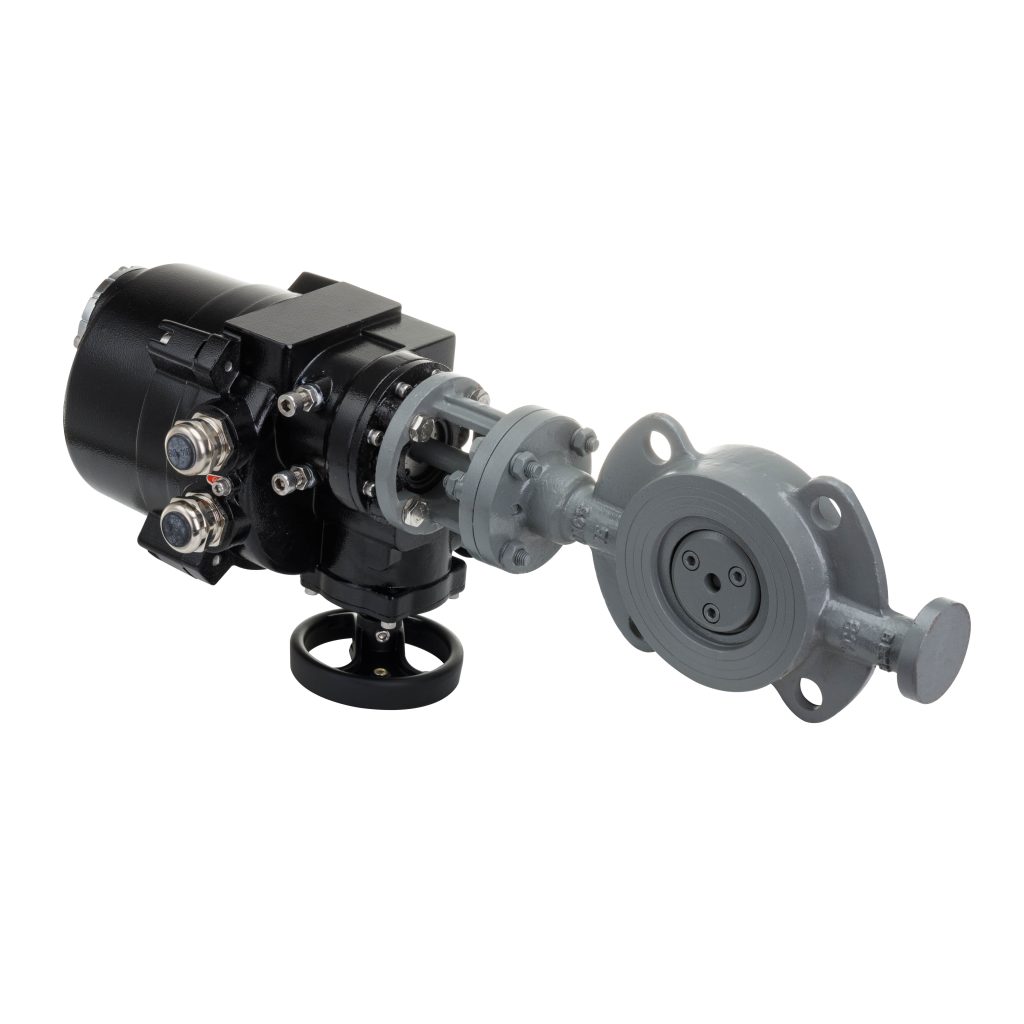In the maritime industry, valves play a crucial role in fluid control systems, ensuring the smooth and efficient operation of ships and offshore facilities. One such valve that has gained prominence due to its reliability and performance is the WCB Marine Electric Butterfly Valve. This article delves into the intricacies of this valve, examining its design, materials, applications, and advantages in marine engineering.

The WCB Marine Electric Butterfly Valve derives its name from its key component: the WCB material. WCB stands for cast steel with a specific chemical composition optimized for durability and corrosion resistance. In a marine environment, where salinity and humidity are ever-present challenges, the WCB material excels, providing longevity and reduced maintenance needs.

Structurally, the butterfly valve consists of a circular disc, known as the butterfly or vane, which rotates on a shaft within the valve body. The valve’s operation is simple: when the vane is rotated to align with the flow, it allows fluid to pass through unrestricted. As the vane is rotated to a perpendicular position, it obstructs the flow, thus regulating or shutting off the fluid passage. What sets the electric butterfly valve apart from other valve types is its actuation mechanism. Utilizing an electric actuator, this valve can be remotely controlled, providing precise and efficient fluid control. The actuator’s motor receives signals from a control system, which directs the valve’s opening and closing based on pre-set parameters or real-time system requirements.
